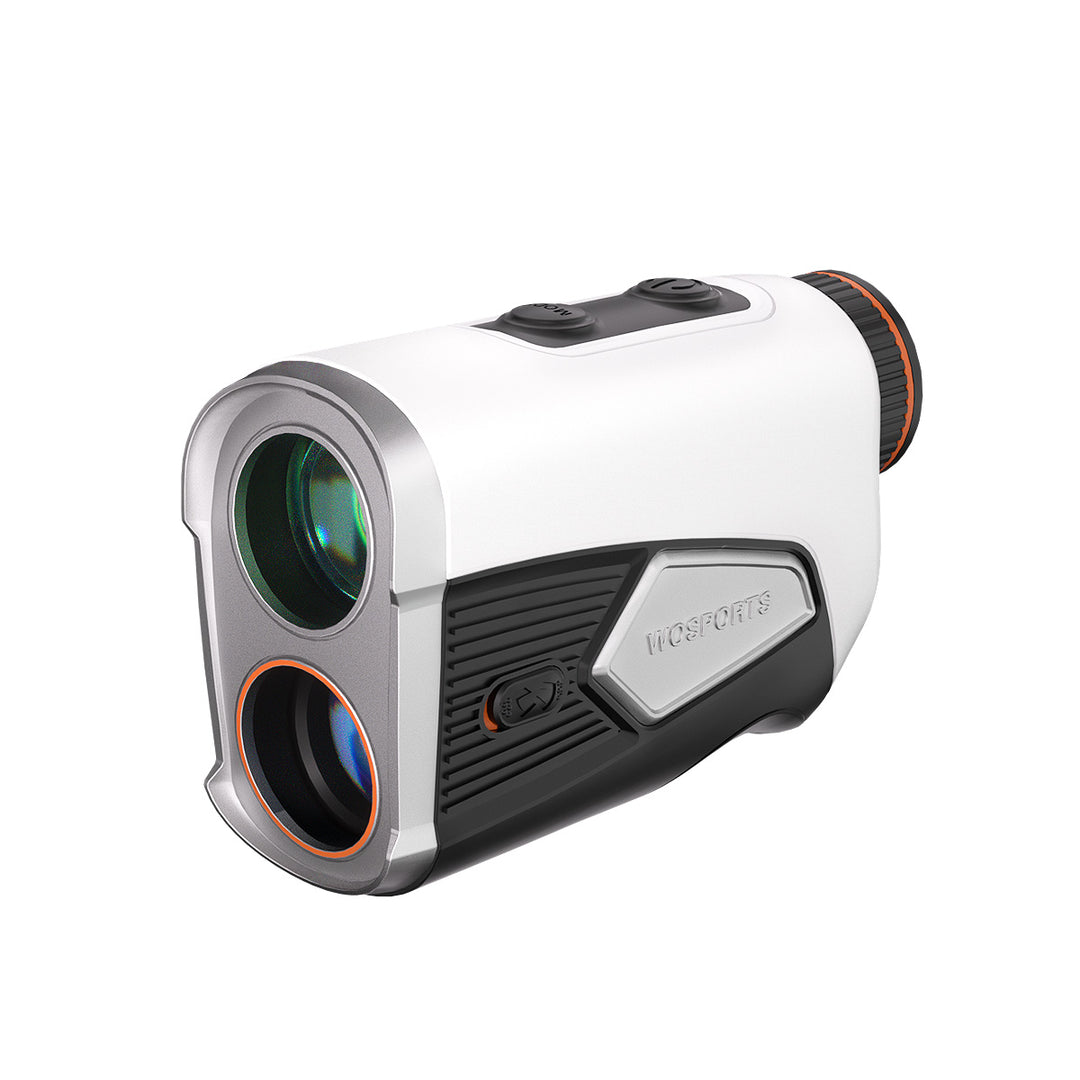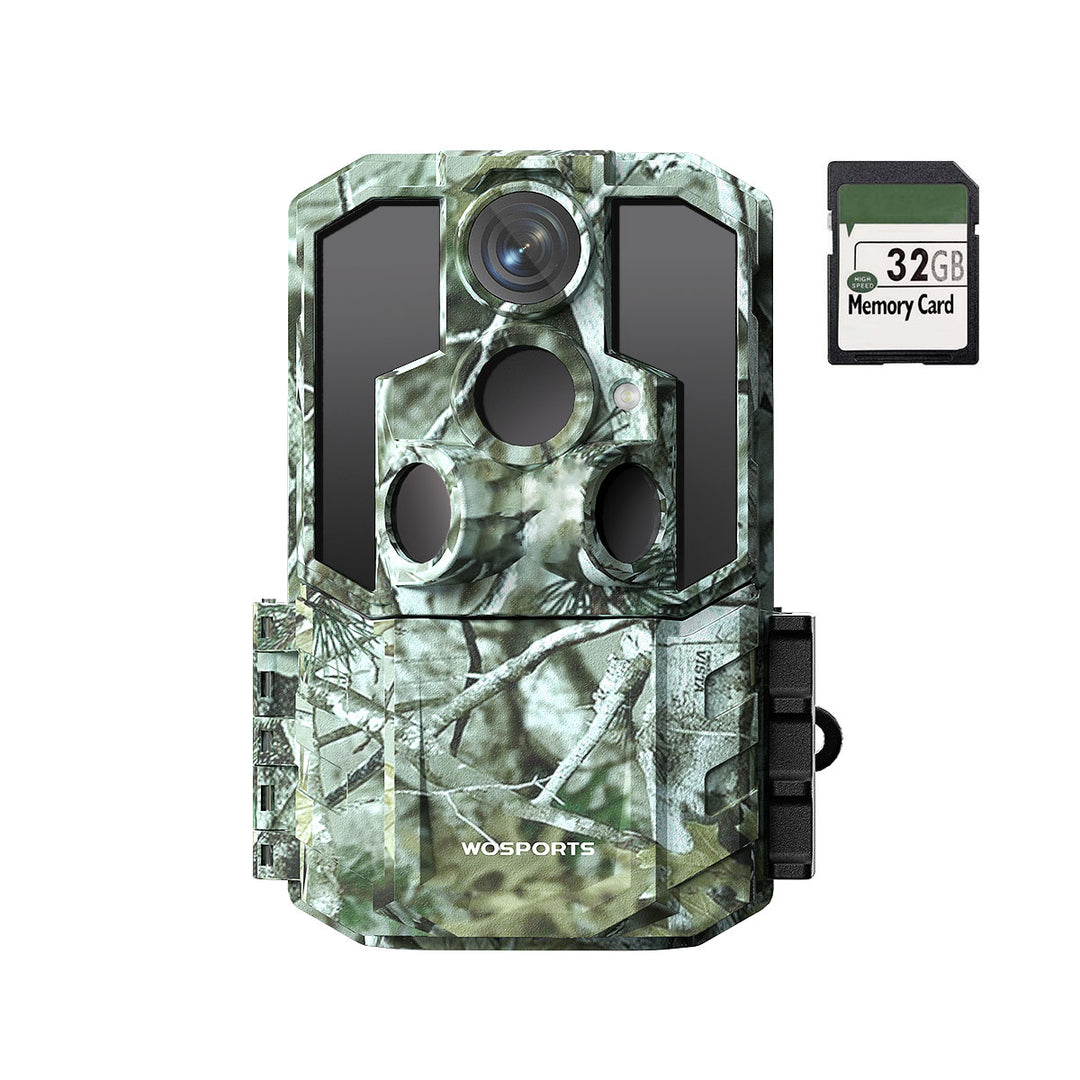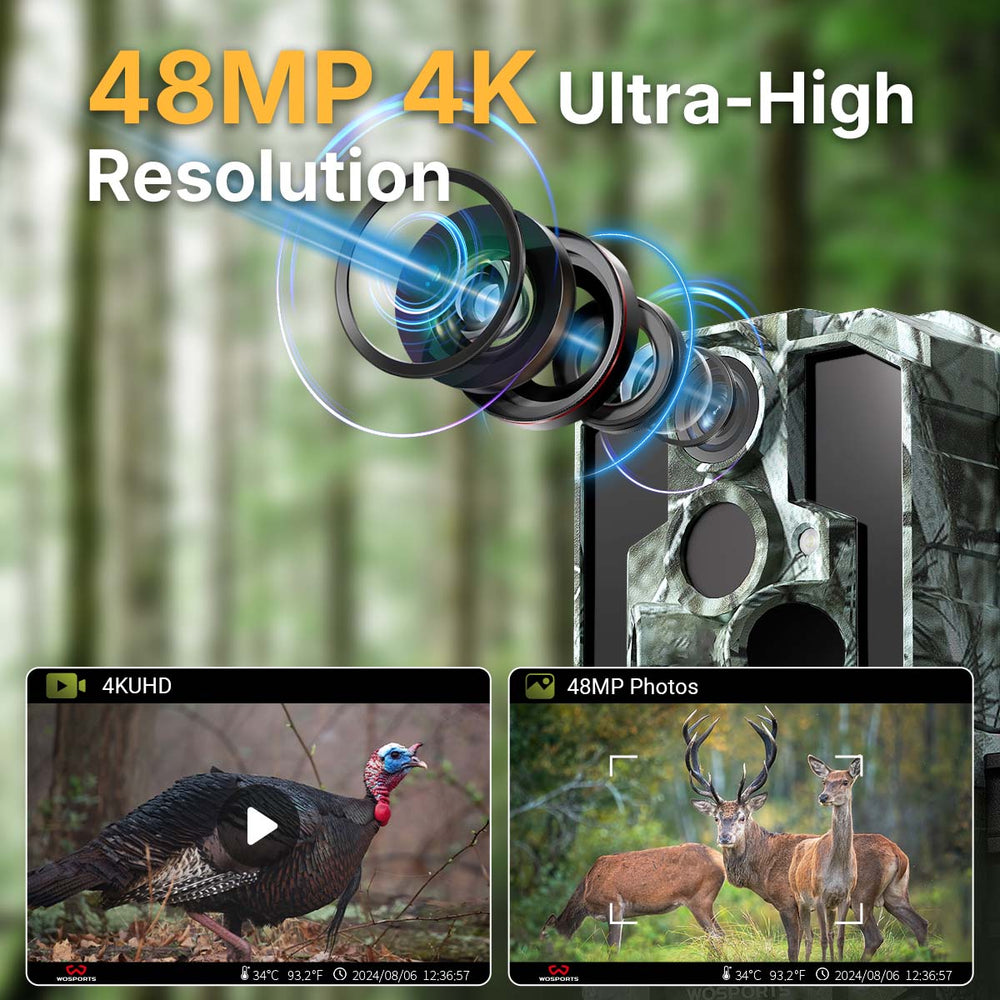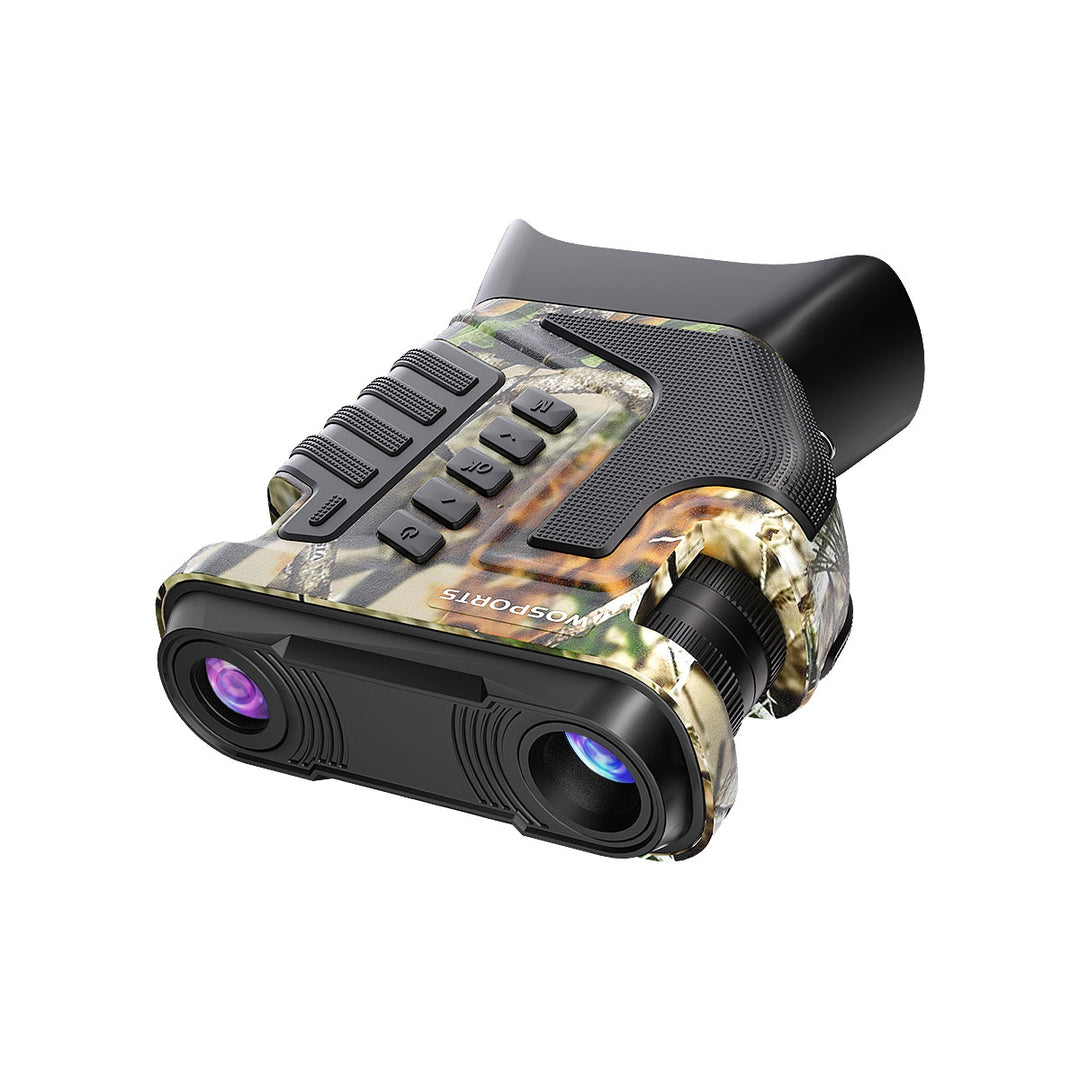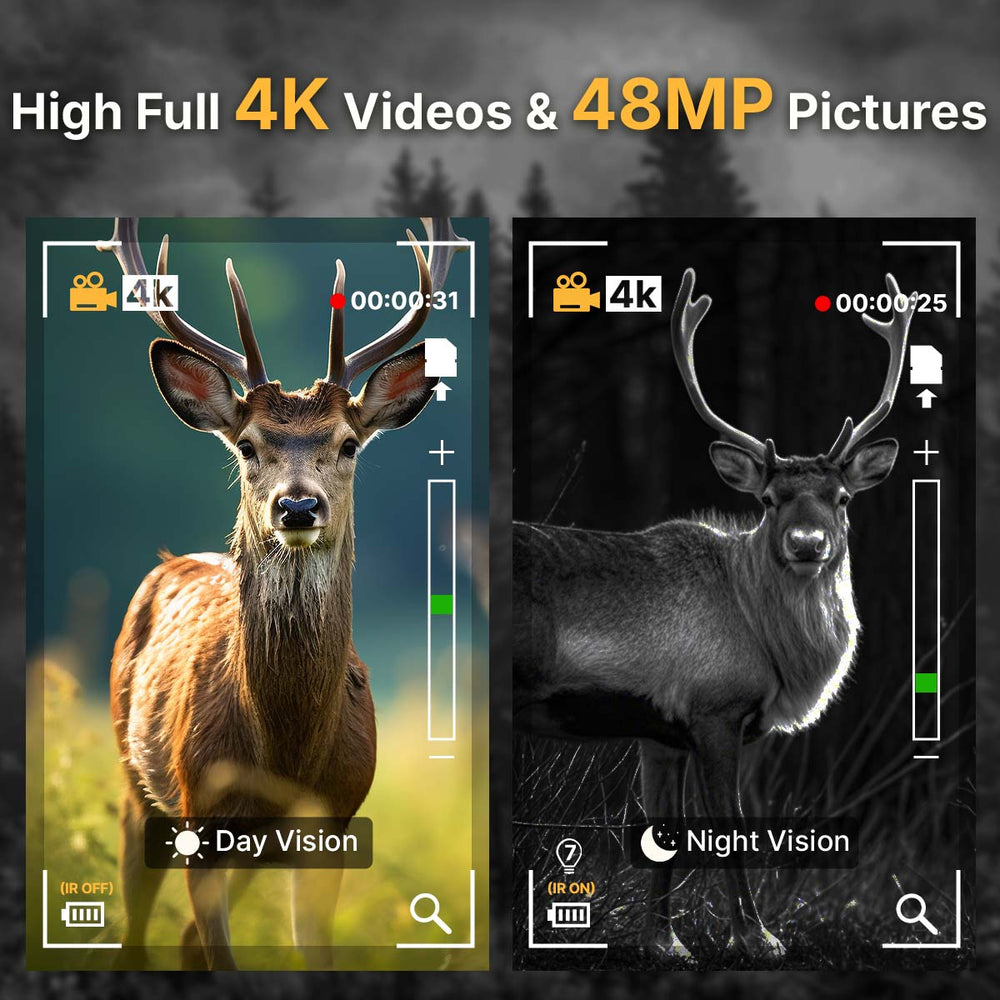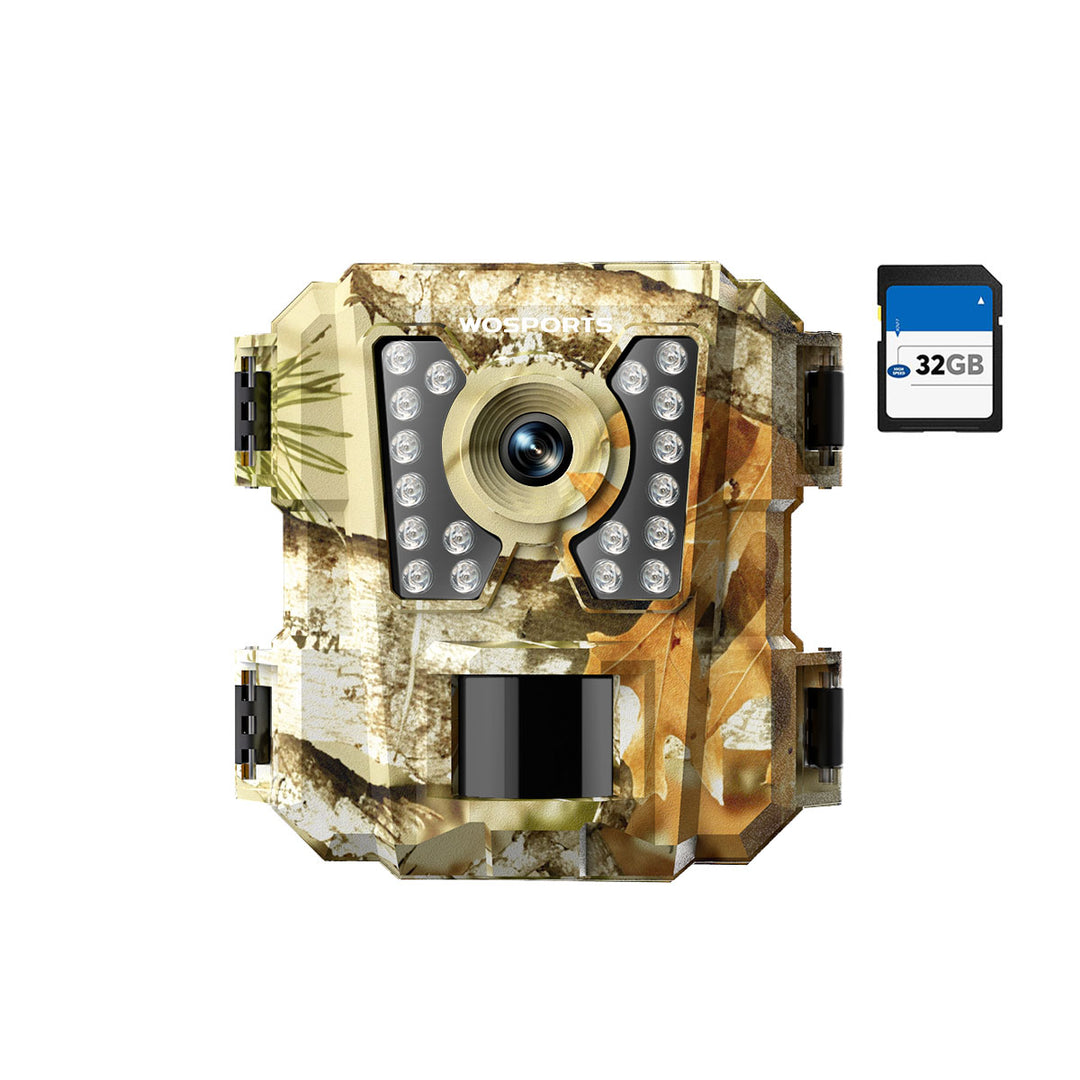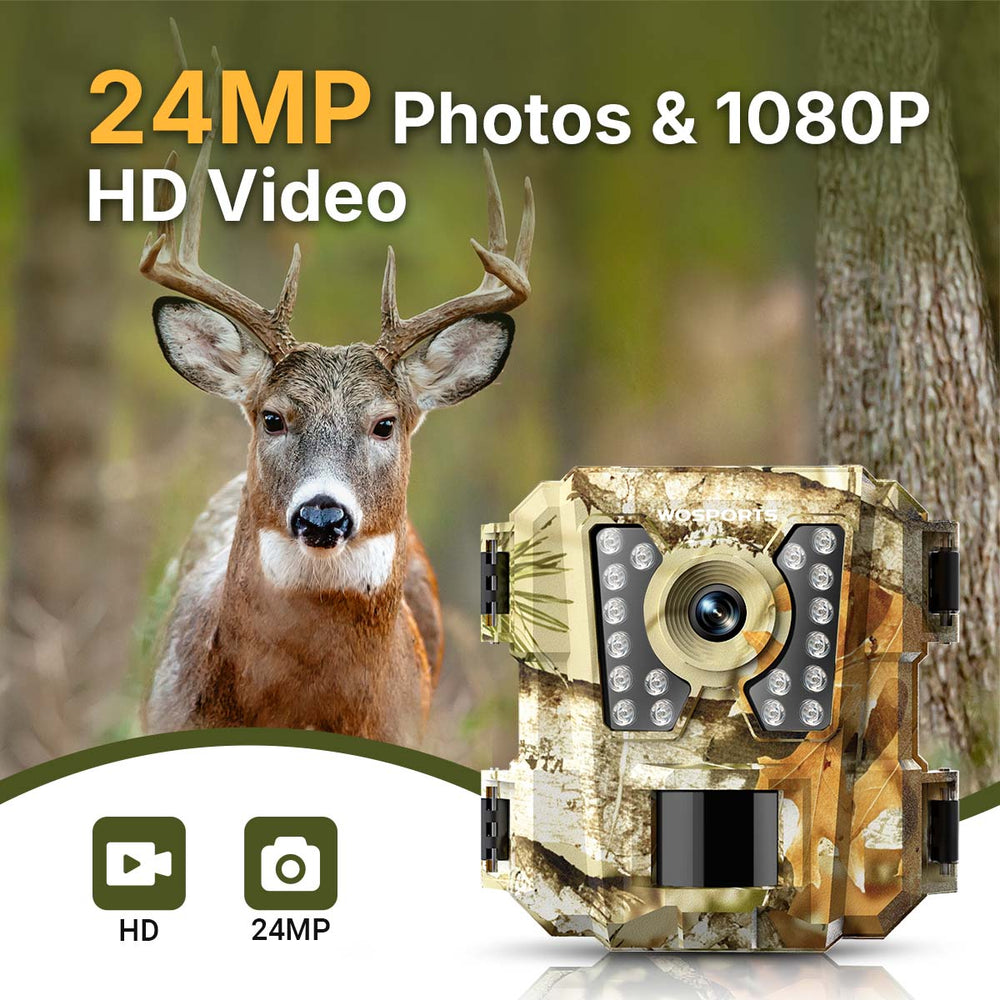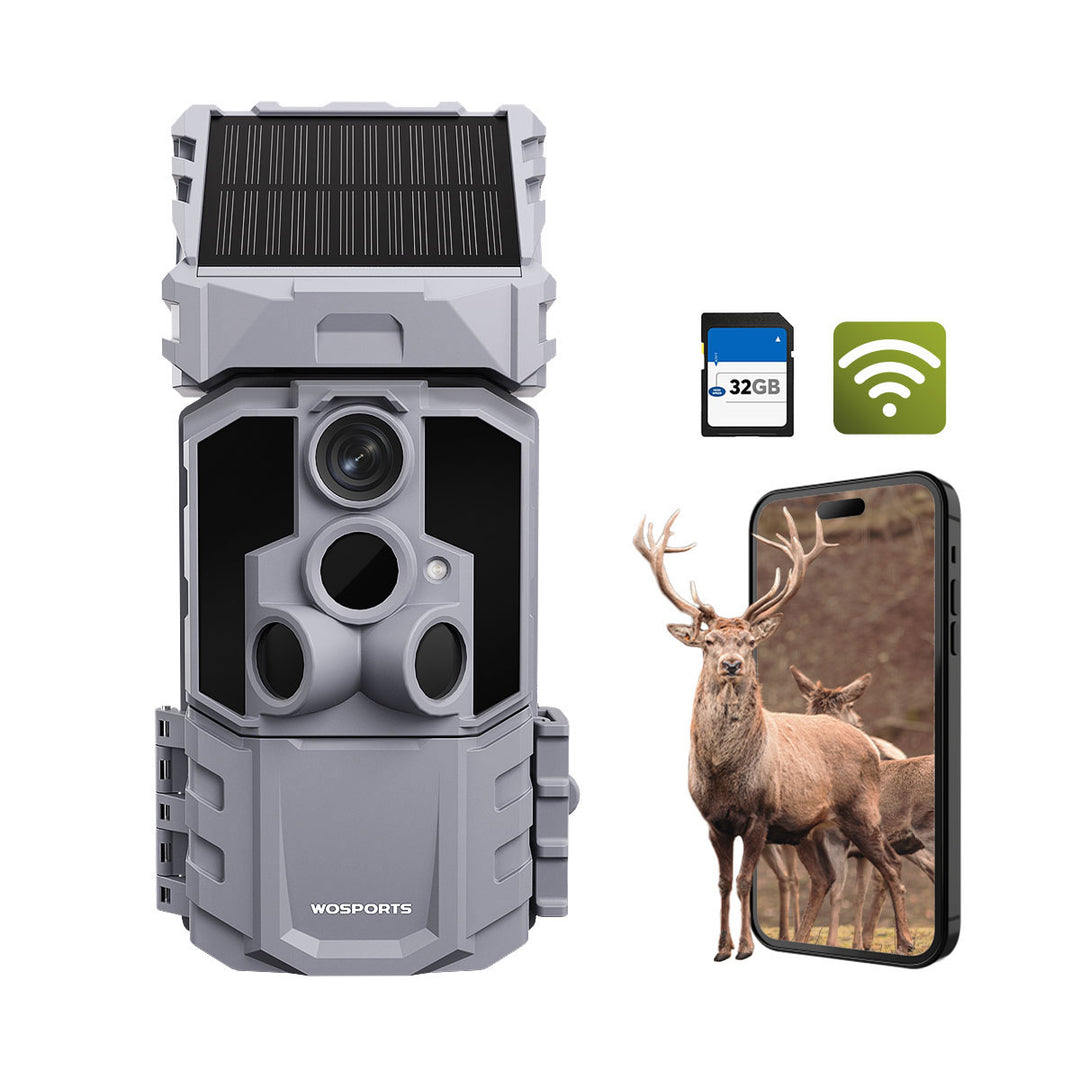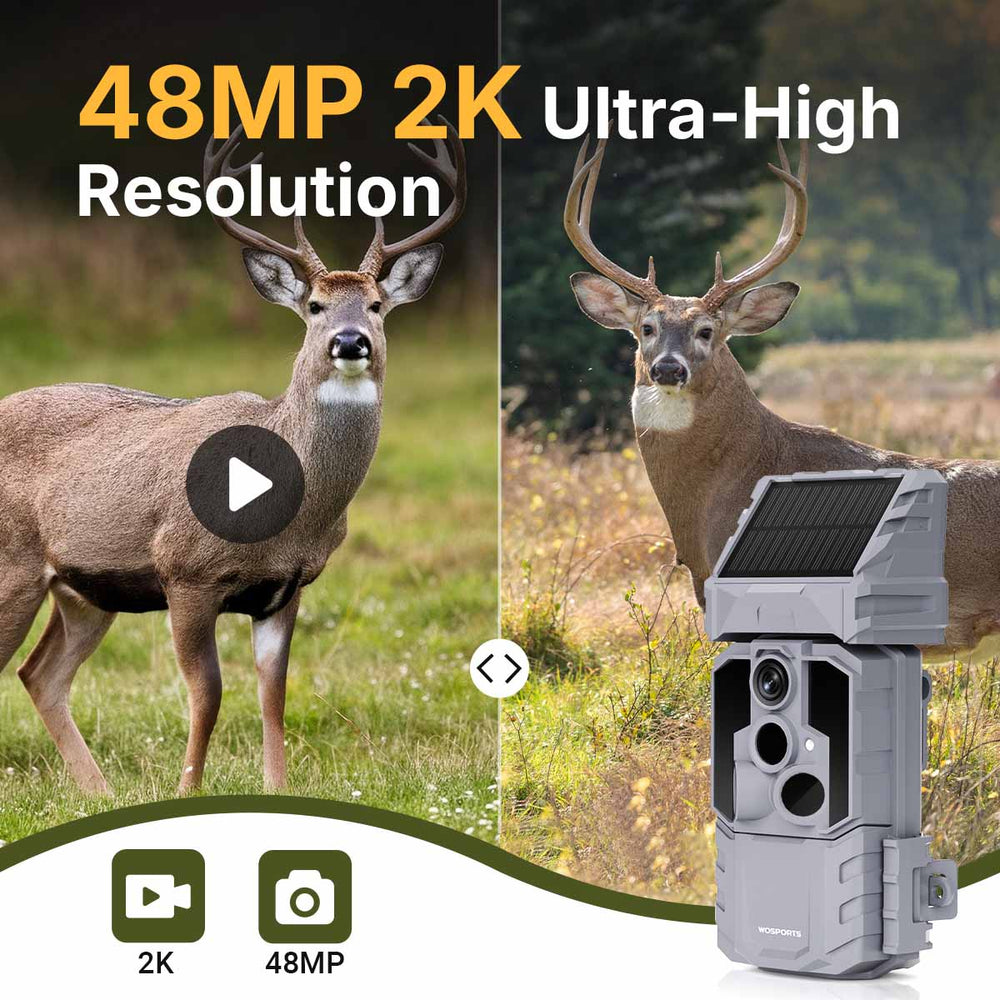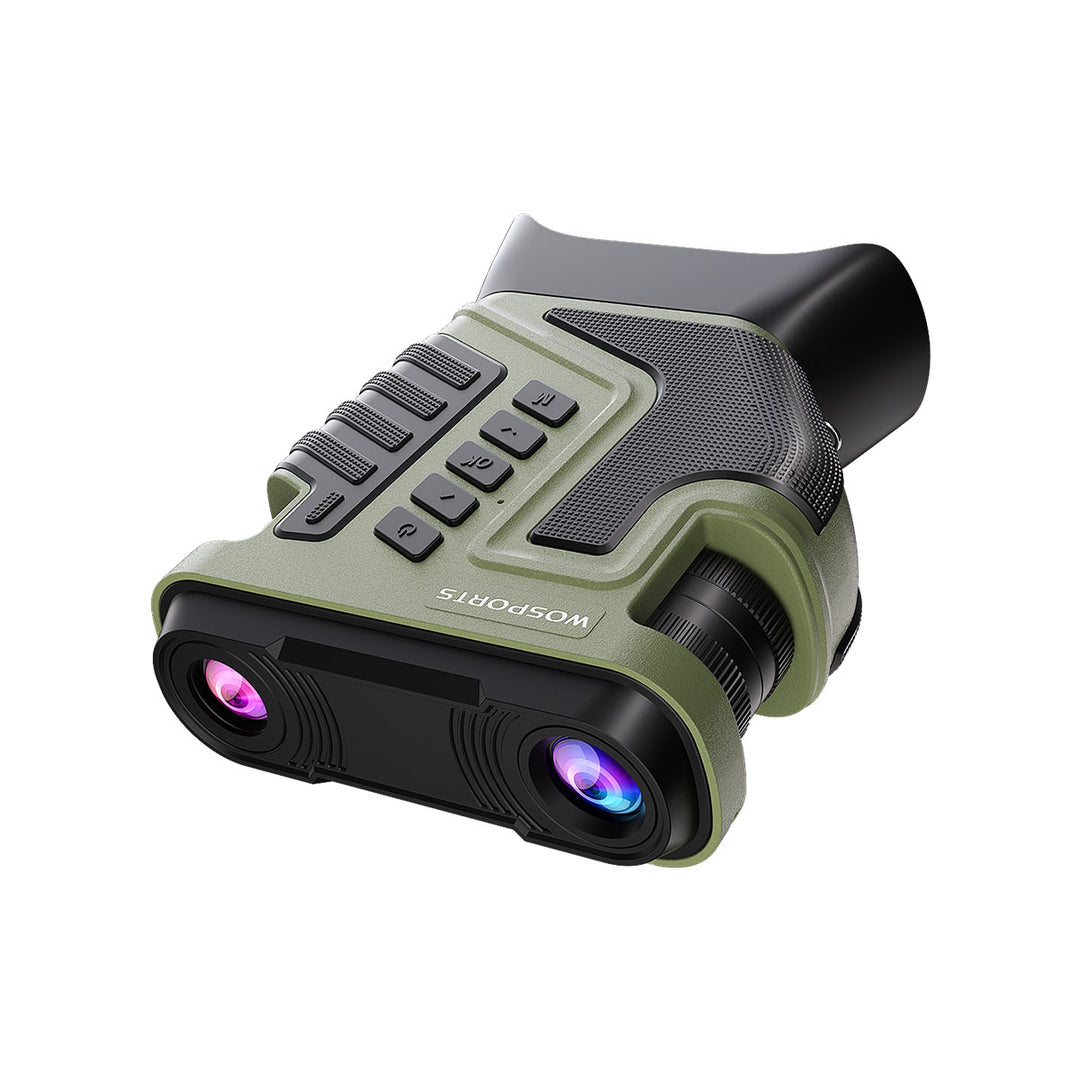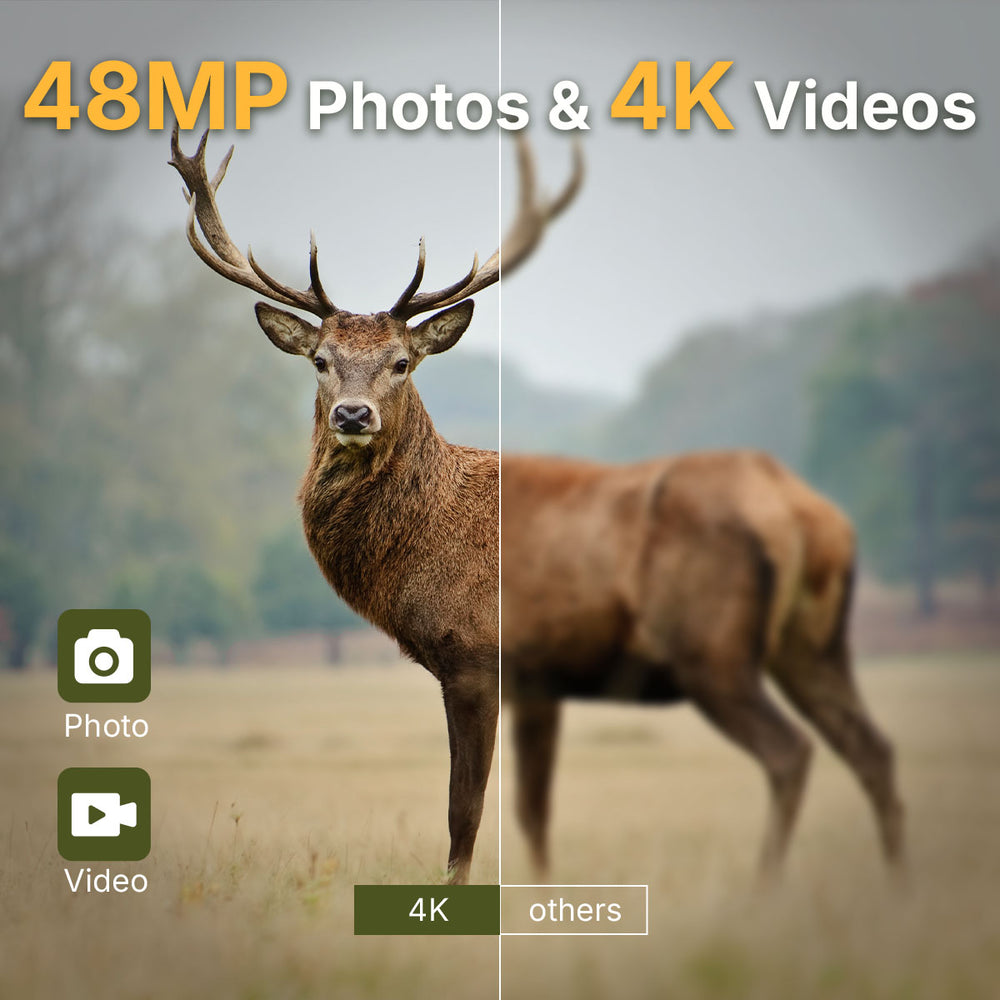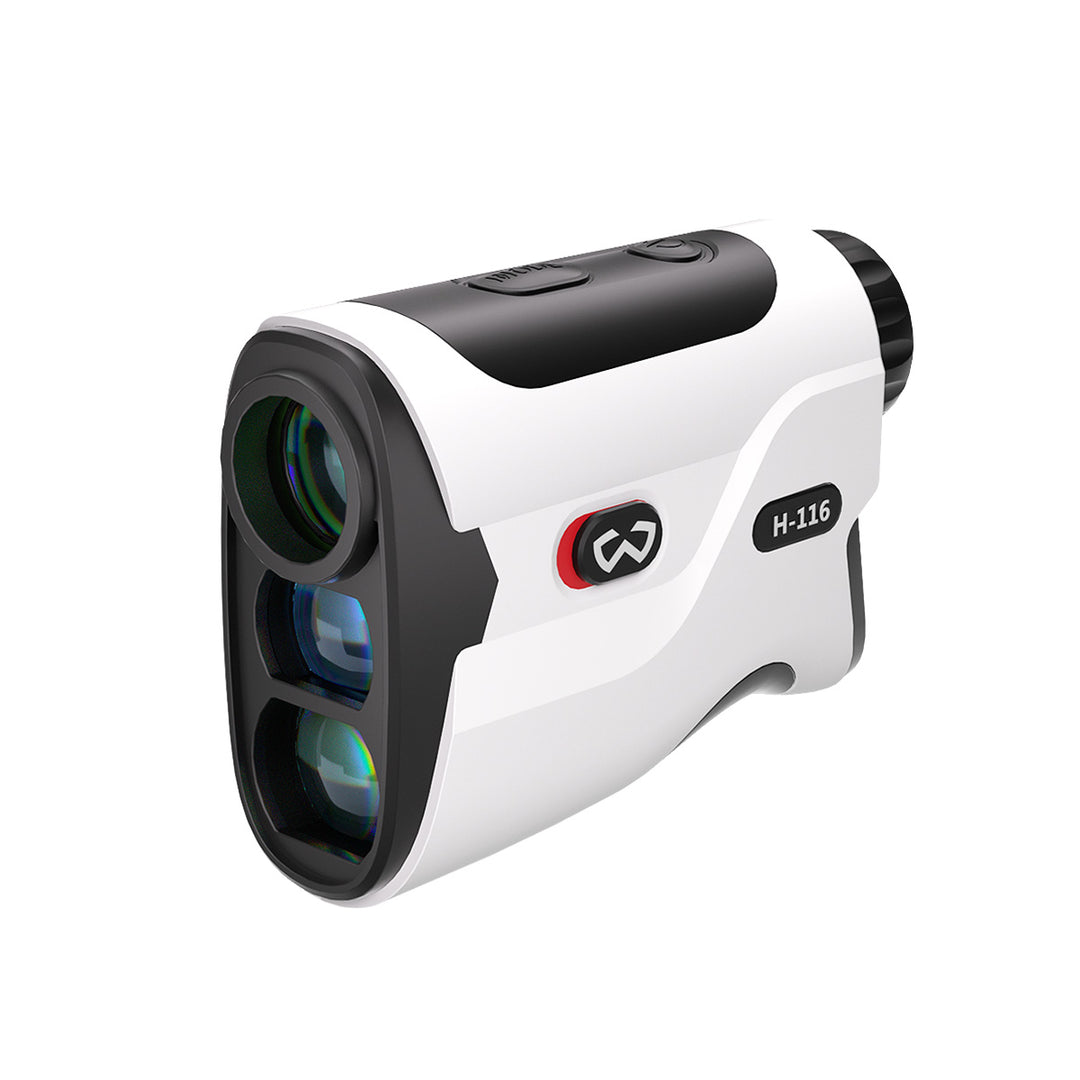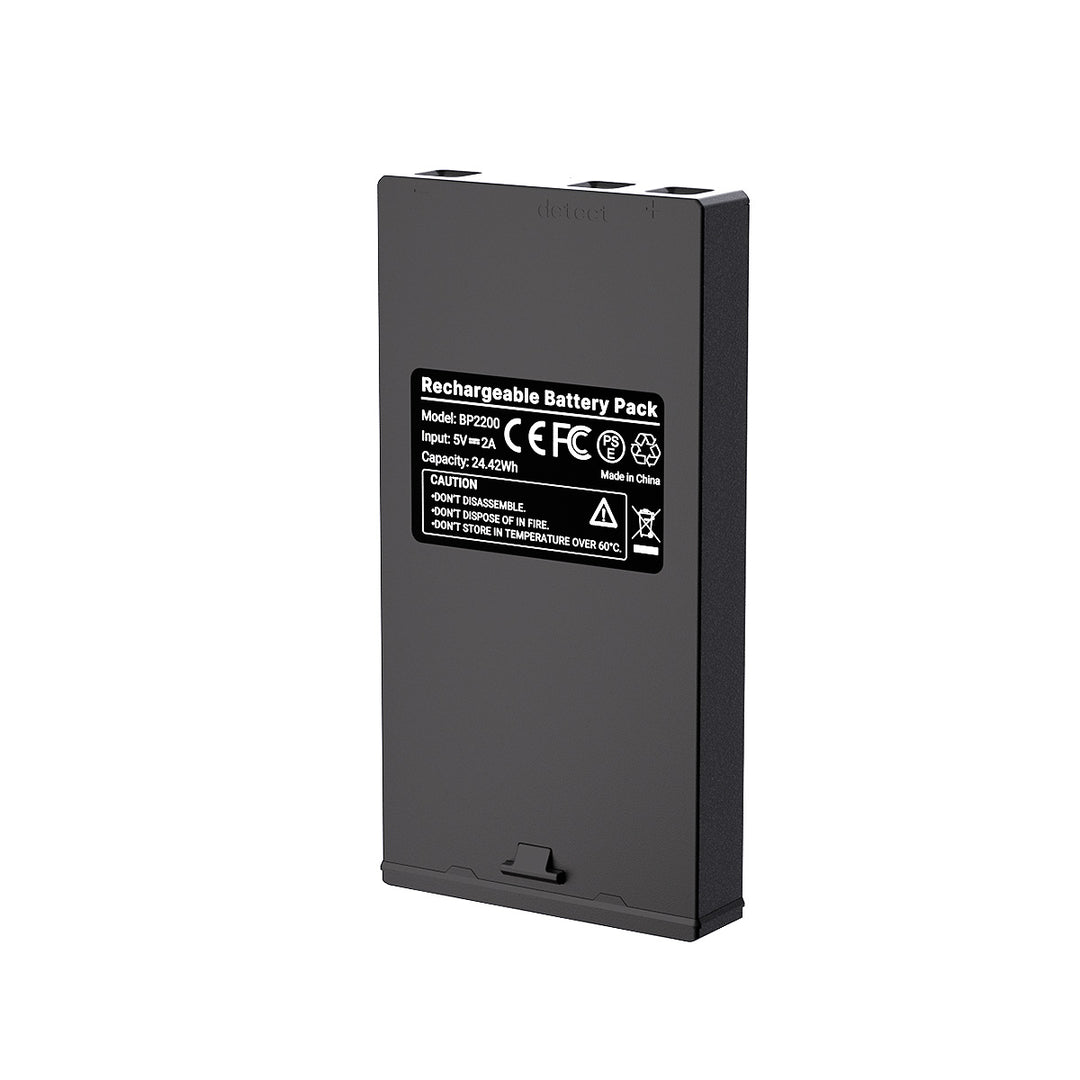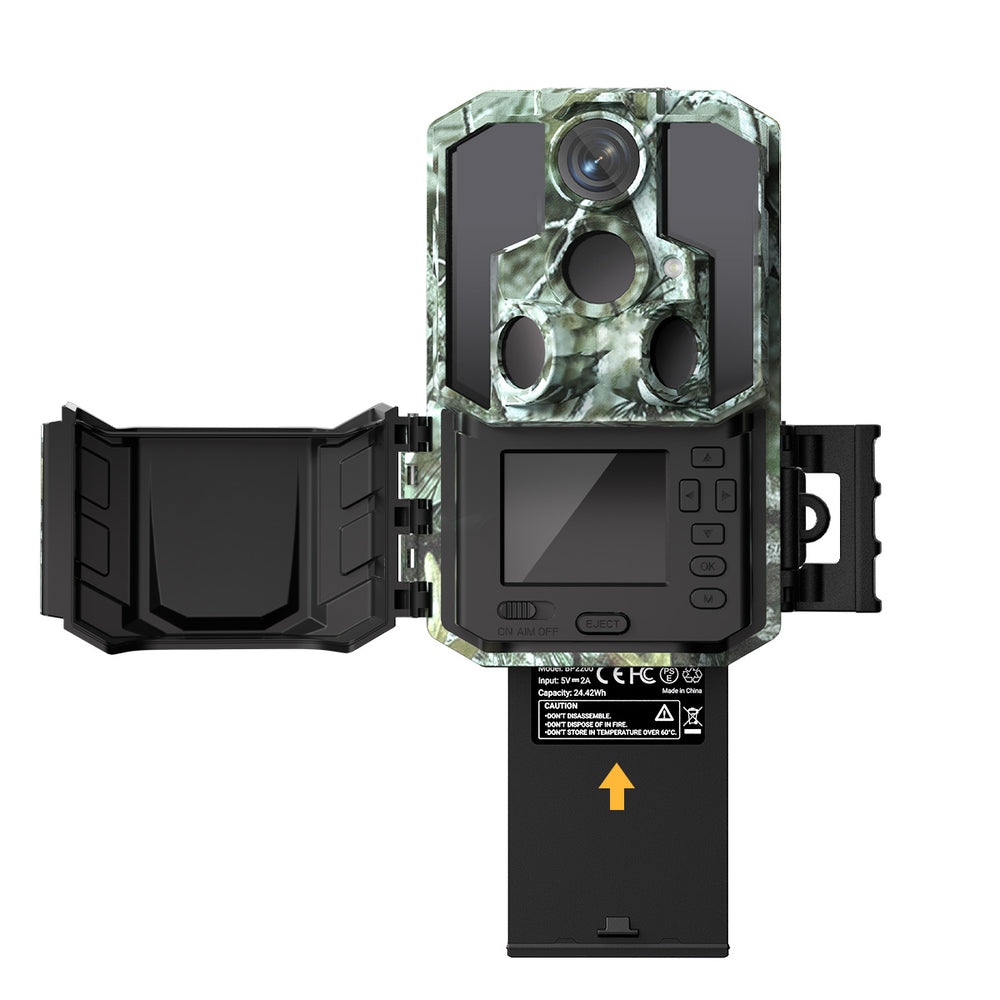How Far Away Will a Trail Camera Take Pictures?
One of the most common questions in wildlife photography is — how far away will a trail camera actually take pictures? The answer isn’t as simple as a single number. It depends on the camera’s design, the lighting, and even the weather that day. Let’s break it down and explore how distance truly works when it comes to trail cameras.
Detection Range vs. Flash Range: What’s the Difference?
In most cases, which the manufacturers say that a camera has “100-foot range” they mean the detection range—the maximum distance the sensor can detect motion and activate a shot. But it doesn't necessarily mean that your image would be clear at 100 feet. The same goes for the term flash range, which is the distance at which the camera's infrared light or LED flash can brightly light the subject even in complete darkness.
When you grasp these two ranges, you can better position your trail camera—it gets triggered at the right moment and can provide usable pictures.

What Determines How Far a Trail Camera Can See?
Ever wondered why your trail cam photos sometimes show clear shots of deer way off in the distance, and other times, just blurry blobs? It all boils down to a few things that control how far your camera can see. The main things are:
Infrared Flash Type
Trail cameras use infrared (IR) flashes to take pics at night. Some have a dim red glow when they flash— these are low-glow models. They don't reach as far, but they don't spook animals as easily. Other cameras have no visible flash at all (no-glow). They're super sneaky, but their range is usually even shorter. Then there are white flash cameras that work like a regular flash on a regular camera. Those are great for bright nighttime images but can scare off your subject more easily.
Lens and Field of View
Think of it like your eyes. If you try to see everything all at once (wide-angle), things far away look smaller and less clear. A camera with a wide-angle lens captures more of the area, but faraway objects may not be as sharp. If you focus on one spot (narrow lens), things far away look bigger and clearer. Some trail cameras have lenses designed for long-range shots, focusing the light for better detail at a distance.

Sensor Sensitivity and Resolution
The more sensitive the sensor, the more light the camera can capture and the more detail it can grab. It will improve the image quality. Also the higher the resolution, the clearer the pictures, especially when you zoom in. Cameras with super-sensitive sensors can pick up details even when something is far away.
How to Capture Unique Trail Camera Photos>>
Environmental Conditions
Fog, rain, snow, even thick bushes can mess with the infrared light. It's like trying to shine a flashlight through a cloud. if there's junk in the air, the light scatters, and it doesn't reach as far and your camera won't see as well.
Trail Camera Position
Where and how you set up your camera will also affect the picture quality. Placing your camera directly in the sun will add glare to the images. The angel you set up the camera at will also drastically affect your picture.

So, knowing all this, you can pick a trail camera that fits where you're putting it, whether it's a wide-open field or a dense, brushy forest or your backyard.
How to Test Your Trail Camera’s Effective Range
Since every place is different, you gotta test your camera yourself. Here's a simple way to check it:
1. Put your camera in an open spot.

2. Walk across where the camera sees at different distances – like 10, 20, 40, 80 feet, and so on.
3. Look at the photos and see how far away things start to look blurry or dark.
This quick test helps you find the best distance for your camera. Once you know that, you can set it up in the right spot to get the best coverage and picture quality.
How to Get the Most Distance from Your Camera
Just a little modification can bring a significant difference in performance.
Tilt your camera a bit down, do not let sunlight reflect directly, and place it close to the trails where the animals will pass by naturally.
In case you need to shoot very often at night, consider going for high-sensitivity models like the WOSPORTS Wildlife Trail Cameras, which provide wide detection along with strong infrared illumination to make distant subjects visible.
Search
Popular Posts
Recent Posts

Nov 28, 2024
Troubleshooting Common Trail Camera Issues
Jan 10, 2025
Why Does My Trail Camera Stop Working at Night?

































